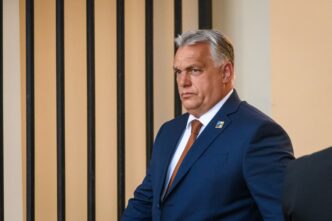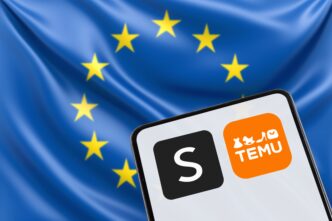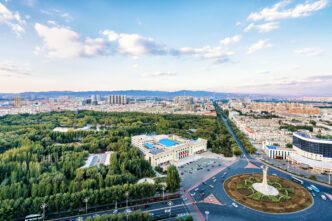Executive Summary
The Story So Far
Why This Matters
Who Thinks What?
Venezuelan President Nicolas Maduro issued a strong warning on Thursday, asserting that his country cannot be invaded, as the United States significantly increased its military presence in the southern Caribbean. This deployment, which includes multiple warships, a nuclear-powered submarine, and 4,500 troops, is part of President Trump’s intensified anti-drug cartel operations but has been denounced by Maduro as a hostile “siege” and a violation of the U.N. Charter. The escalating confrontation marks the most serious U.S.-Venezuela standoff in years, with both nations demonstrating resolve amid heightened military posturing.
U.S. Military Deployment
The U.S. military buildup is aimed at countering drug cartels, a stated priority of President Trump’s administration, while simultaneously increasing pressure on the Maduro regime. This move signals Washington’s growing willingness to project military force in Latin America under the banner of combating illicit drug operations.
Maduro’s Response and Countermeasures
Speaking at a military ceremony in Caracas, Maduro reiterated his government’s stance against foreign intervention, declaring that no external power could touch Venezuela’s “sacred lands.” He also referenced the U.S. bounty on his head, which Washington recently doubled to $50 million for his capture. For Venezuela, the deployment reinforces Maduro’s narrative of foreign aggression, allowing him to rally domestic support amid ongoing political and economic pressures.
Venezuela’s ambassador to the U.N., Samuel Moncada, formally protested the U.S. military buildup, criticizing it as a “massive propaganda operation to justify what the experts call kinetic action—meaning military intervention.” Moncada also questioned the deployment of a nuclear-powered attack submarine, calling it “ridiculous to think that they’re fighting drug trafficking with nuclear submarines.” In response to the perceived threats, Venezuela has deployed its own warships and drones along its coastline and launched a campaign to recruit thousands of militia members to bolster its domestic defenses.
Regional Dynamics and Diplomacy
The escalation also tests regional diplomacy, particularly with neighboring Colombia. Maduro thanked Colombian President Gustavo Petro for deploying 25,000 troops to secure their shared border, framing it as a joint effort to protect Venezuela and the wider border region. This coordination highlights the complex web of alliances and tensions within the hemisphere.
Outlook
The standoff is expected to continue, with U.S. forces maintaining a strong presence in the southern Caribbean as Maduro strengthens Venezuela’s defenses. While both sides appear determined to demonstrate strength without triggering open conflict, diplomatic engagement through the U.N. and coordination with regional allies may influence the next phase of this heightened geopolitical tension.








